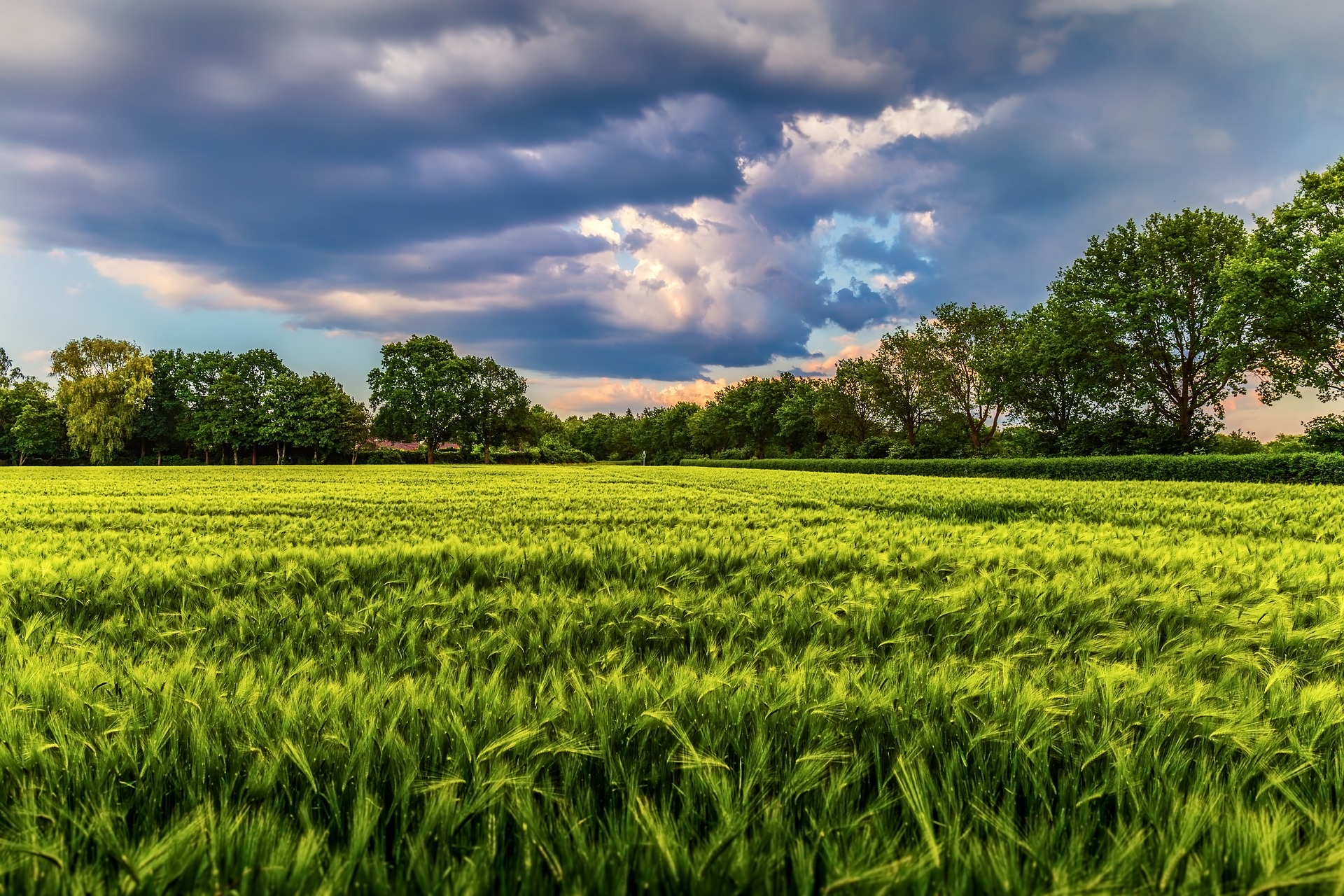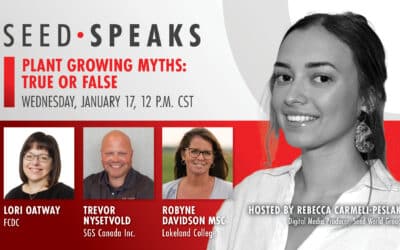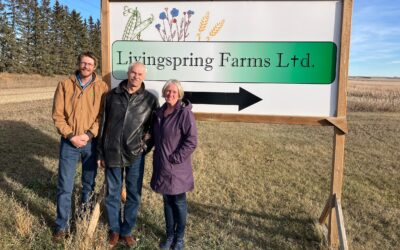As carbon capture comes of age, how can seed genetics keep pace?
Anyone who follows environmental news has heard that the world needs to reduce carbon emissions dramatically to offset the impact of climate change. Enter carbon markets, where stewards of smart practices can produce less, or even pull carbon from the atmosphere to benefit the environment at large.
The 30,000-foot view for farmers and agriculturalists is companies and producers who use sustainable practices and can measure carbon benefits can earn money for their efforts. Their carbon offsets are tracked, quantified (called carbon credits) and connected through a sort-of broker to sell on a carbon exchange to companies who produce more carbon and need to offset their emissions.
It’s a marketplace that is only a few years old but expected to explode as technologies and the need for a more sustainable world moves forward.
Promote Carbon Sequestration
Carbon capture looks different for every rung of the food production ladder. For farmers it’s using practices such as no-till, for companies it’s reducing plastics use, for consumers it’s using what they buy without waste. Every rung is different, but necessary.
“We’re seeing a push toward this because of the sustainability initiatives driven by farmers and downstream customers and just the economics,” says Ben Gordon, carbon and ecosystems services global portfolio leader at Corteva Agriscience. “The economics on-farm is a new revenue stream, especially for farmers who are already good stewards of the land.”
The why makes sense, the hard part is the how. Accurately measuring carbon in the soil is difficult, but critical for the role farmers play in offsetting climate change.
“If the cost of taking measurements of the carbon isn’t much lower than the price of the carbon credit itself it’s not a feasible economic system,” says Lars Dyrud, CEO of EarthOptics. “We are focused on how to take accurate measurements so everyone can trust the carbon credits are valid and there actually is more carbon in the soil than there was before the credit was issued.”
For farmers, more there’s some uncertainty on not only the validity of data about carbon, but about carbon marketing itself.
“There’s a lot of questions about what’s coming next, and this is one of those timing things where you do not know until you’re looking in hindsight if you should have jumped into [carbon markets] earlier or if you would have been better off waiting,” explains Tiffany Dowell Lashmet, associate professor and extension specialist in agricultural law at Texas A&M AgriLife Extension. “And for farmers who were early adopters of regenerative ag practices they’re wondering if it’s even an opportunity for them in these types of contracts as only some offer a lookback period.”
Many hope this push toward accuracy in measuring will help build buy-in for the carbon market’s potential from farmers, consumers and policymakers.
“What we’re trying to do, with better measurement through soil sensors, is help farmers move from payment for a practice to payment for outcome,” Dyrud adds.
How Carbon Capture Intersects Seed
In the seed industry, companies are making strides toward more carbon-neutral footprints. For farmers, seed products they use have a direct impact on carbon capture and that means the power is in seed company hands.
“As this sector continues to grow, we’re not just farming for food, we’re farming for carbon,” Dyrud says. “I don’t think we’re too far from a future where people start making seed selection for profitability and that profitability will include carbon. There are all sorts of new opportunities coming down the pike for seed.”
With recent advancements in seed genetics, companies can find ways to optimize hybrids and varieties for optimum carbon capture and reduced footprint.
“It could be something like better nitrogen uptake,” Gordon says. That or better systems that lead to fewer passes across fields, such as insect-resistant traits that mean farmers don’t have to apply a pesticide. One less trip equals fewer hours on the tractor, less fuel use and lowered carbon footprint, he explains.
Seed companies have huge responsibility in their hands, however. As farmers consider carbon marketing and what it means for their operation, more and more they will turn to trusted advisors for advice and opinions. For seed salesmen and women, this responsibility is one that could have immediate, and long-term, consequences.
“I think there is real potential there to help provide education to help sort-of analyze some of these opportunities and help show farmers what options there might be,” Dowell Lashmet says. “I think the idea of analyzing this first from an agronomic perspective and then the carbon element being the icing on top of the cake is a really good idea.”
For farmers, it’s a win-win. Better agronomics means higher chances for better yields and carbon capture means there could be new opportunities are carbon markets evolve. Seed companies, farmers are watching carbon markets – are you?
Related Articles
The Wild West of Carbon Credits





